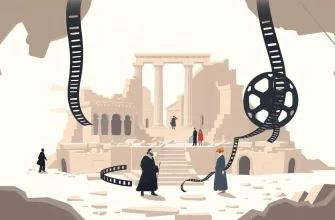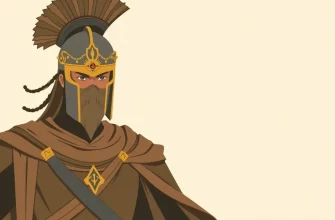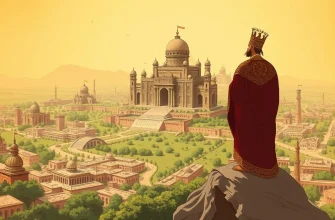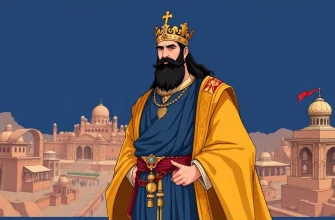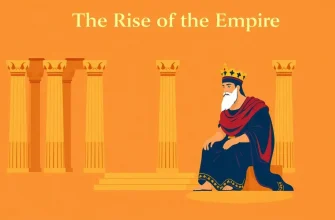Delving into the annals of history, these films offer a cinematic journey through the epic conflicts that shaped the Roman Empire. From the grandeur of gladiatorial arenas to the strategic battles on foreign lands, each movie brings to life the valor, ambition, and often tragic fate of Rome's warriors. This collection not only entertains but also educates, providing a vivid portrayal of Rome's military might and the complex tapestry of its interactions with other civilizations.
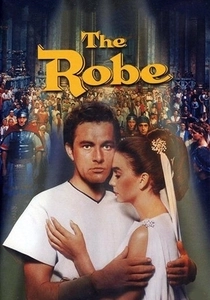
The Robe (1953)
Description: This film, while focusing on the aftermath of Jesus's crucifixion, also showcases the Roman military presence in Judea and the internal conflicts within the Roman Empire.
Fact: It was the first film to be released in the widescreen process CinemaScope.
 Watch Now
Watch Now 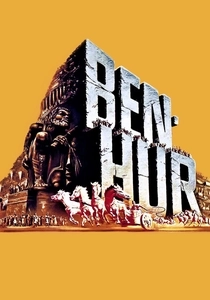
Ben-Hur (1959)
Description: Although primarily known for its chariot race, this epic also delves into the political and military tensions between Rome and Judea, showcasing the might of the Roman Empire.
Fact: The chariot race scene took three months to film and was one of the most expensive sequences ever shot at the time.
 Watch Now
Watch Now 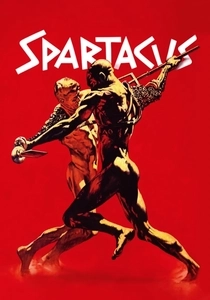
Spartacus (1960)
Description: This film chronicles the life of Spartacus, a Thracian gladiator who led a major slave uprising against the Roman Republic, highlighting Rome's internal conflicts and military responses.
Fact: The film was one of the first to credit blacklisted screenwriter Dalton Trumbo, breaking the Hollywood blacklist.
 Watch Now
Watch Now 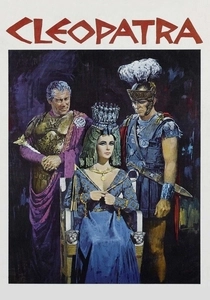
Cleopatra (1963)
Description: While centered on the life of Cleopatra, the film also portrays the political and military machinations of Rome, including its wars with Egypt and the internal power struggles.
Fact: It was one of the most expensive films ever made at the time, with a budget of around $44 million.
 Watch Now
Watch Now 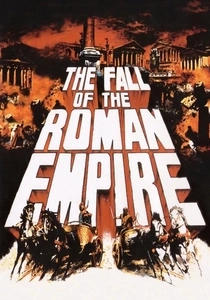
The Fall of the Roman Empire (1964)
Description: This epic drama explores the decline of Rome through the lens of political intrigue, military campaigns, and the personal lives of its rulers, offering a comprehensive view of Rome's last days.
Fact: The film's sets were so elaborate that they were reused for other films, including "Cleopatra."
 Watch Now
Watch Now 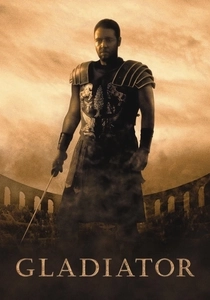
Gladiator (2000)
Description: This film captures the essence of Rome's military prowess and the internal politics that often led to its downfall. It follows Maximus Decimus Meridius, a betrayed general turned gladiator, seeking vengeance against the corrupt Emperor Commodus.
Fact: The film was inspired by the life of the Roman general Maximus, but also includes elements from the lives of several historical figures. The Colosseum scenes were shot in a replica built in Malta.
 Watch Now
Watch Now 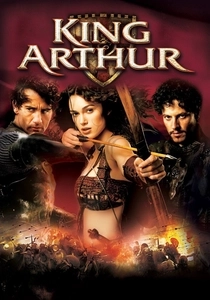
King Arthur (2004)
Description: Although primarily a legend, this film provides a historical context by portraying Arthur as a Roman officer leading Sarmatian cavalry against the Saxon invaders, reflecting Rome's military strategies.
Fact: The film was marketed as a more historically accurate depiction of the Arthurian legend, focusing on the Roman influence in Britain.
 Watch Now
Watch Now 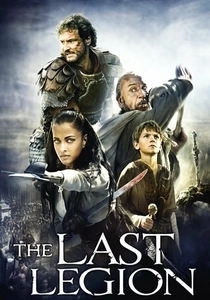
The Last Legion (2007)
Description: This film follows the last remnants of the Roman Empire as they seek to restore the rightful emperor, involving battles with the Visigoths and the legendary Excalibur.
Fact: The film blends historical events with Arthurian legend, creating a unique narrative.
 Watch Now
Watch Now 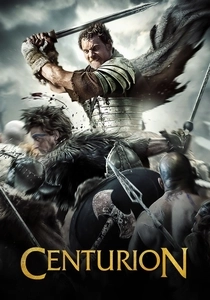
Centurion (2010)
Description: This film explores the mysterious disappearance of the Ninth Legion in the wilds of Caledonia (modern-day Scotland), offering a gritty portrayal of Roman soldiers' struggle for survival against the fierce Picts.
Fact: The film's plot is loosely based on the historical disappearance of the Ninth Legion, which vanished from Roman records around 120 AD.
 Watch Now
Watch Now 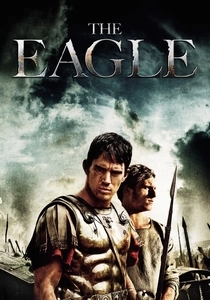
The Eagle (2011)
Description: Set in Roman Britain, this film tells the story of a young Roman officer's quest to recover the lost eagle standard of his father's legion, symbolizing Rome's honor and military might.
Fact: The film is based on the novel "The Eagle of the Ninth" by Rosemary Sutcliff, which itself draws from the historical mystery of the Ninth Legion's disappearance.
 Watch Now
Watch Now 

